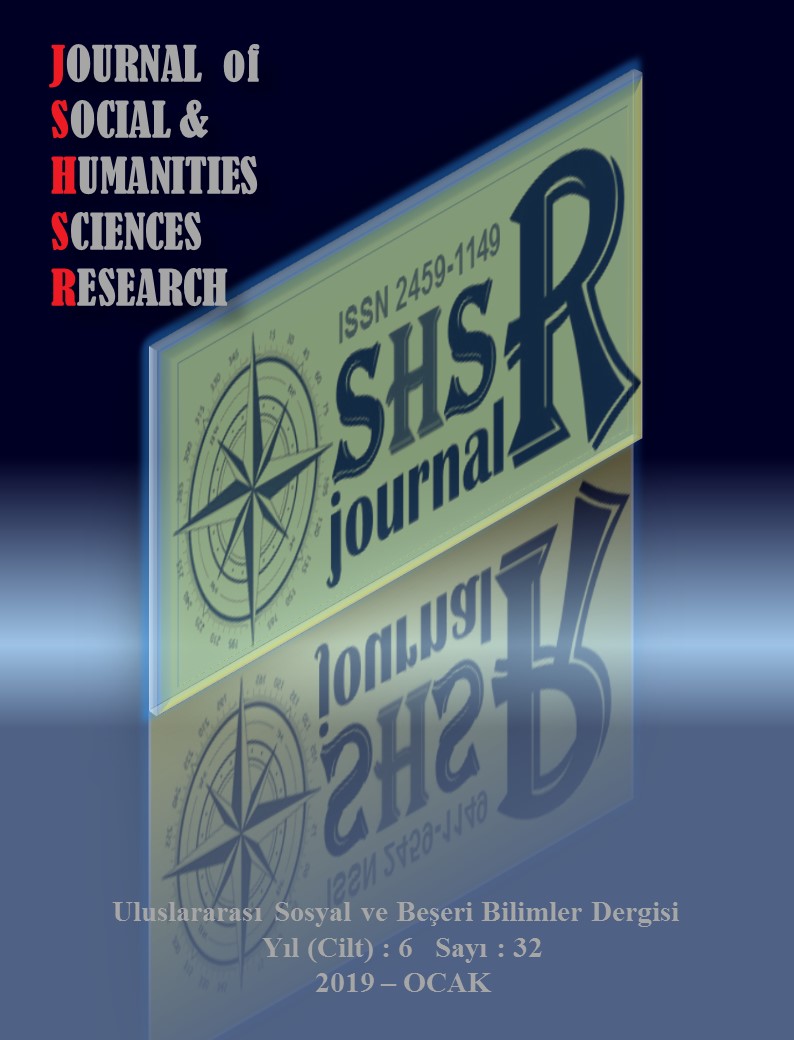A BRIEF HISTORY OF MACHINE TRANSLATION
DOI:
https://doi.org/10.26450/jshsr.1030Keywords:
Machine Translation, Statistical Machine Translation, Rule-Based Machine Translation, Sample-Based Machine TranslationAbstract
The significant role of translation in the communication among individuals from various cultures and lingusitic backgrounds has given rise to the pursuit of ways in which this communicative act might take place in a more rapid and fruitful manner. This was probably the main reason why Descartes, about a few centuries before now, endeavoured to build a common language system which all the people of our world could benefit. The idea of Descartes, which was to unite other languages in a system, has formed the main principle of the machines which were to carry out the coding and decoding functions and these machines were mainly developed for the purposes of extracting military intellegence from the foes. Here the main objective was to transer the information coded in a text written in a given language into another language by stripping off the codes. This idea formed the very basis of Machine Translation (MT). From this point on, it was in some way aimed to automate the translation process by reducing the human translator’s interference in the task. Yet, when it was understood that the human intervention was necessary in order to obtain translations of acceptable quality, we witnessed a shift from quest in the automation of translation process to the search for finding ways to facilitate the process by aiding human translators. Thus, the concept of machine translation has served to the emergence of a new notion by the name of Computer Assisted Translation (CAT).
This paper aims to describe the stages that the concept of machine translation has passed through beginning from the emergence of it and upto present day by pointing out the major historical milestones. Along these milestones, the events such as the first patents and ENIAC, Warren Weaver’s vision, publication of the ALPAC report and the emergence of first commercial machine translation systems could be considered as having significant importance. As for the stages that the MT has passed through, reviving of systems used in machine translation such as Rule Based, Example Based and Statistical MT systems could be given.
Also there have been some hybrid MT systems and approaches in which more than one system are implemented. Nowadays, quests of combining artificial intelligence systems and MT systems have become a current issue and there is a growing interest in this area.
In the present study, factors contributing the development of MT have been touched upon along with the setbakcs experienced in the practices of MT. Also areas where MT applications are commonly exercised are presented with some examples. And finally, remarks on which direction the MT practices might be heading is addressed.
Downloads
Published
How to Cite
Issue
Section
License
Copyright (c) 2019 INTERNATIONAL JOURNAL OF SOCIAL HUMANITIES SCIENCES RESEARCH

This work is licensed under a Creative Commons Attribution 4.0 International License.


